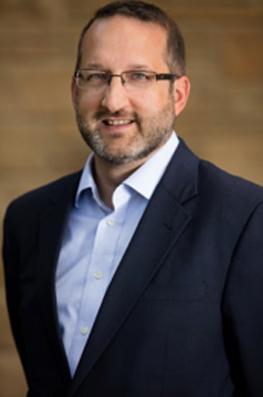I hear this question constantly, and it only invites more questions:
- How do you define orphan drugs?
- How do you define sustainability and success for orphan drugs?
- What geographical markets are considered?
The topic generates passionate opinions and arguments, many based on incomplete or flawed data and assumptions. For example, some analyses do not correct for the fact that orphan indications may represent only a fraction of the total revenue for a blockbuster drug that has earned orphan status but is used widely. A study published recently in the journal Health Affairs found that <9% of US drug expenditures are spent on orphan therapies after removing the impact of non-orphan indications (e.g. Humira for RA vs juvenile RA). Based on their data, the authors concluded, “concerns that growth in orphan drug expenditures may lead to unsustainable drug expenditures do not appear to be justified.”
I do see challenges in the orphan markets, especially given our knowledge of access to orphan drugs in the EU. My colleagues at MME have been monitoring the time between regulatory approval and launch/pricing and reimbursement (P&R) approval in the EU5 and US. Our study revealed a gap >1 year between EMA approval and complete P&R negations in France, Italy, and Spain. The data as well as our professional experiences show “trials sufficient to gain regulatory approval are now in a vast number of cases not seen as adequate for reimbursement and funding by national and regional authorities.” Spain had the poorest access for orphan drugs; with <30% of orphan medications approved by the EMA (January 2009 to December 2015) having completed P&R negotiations in Spain during this time.
These are just two samples of data that address the real and perceived challenges that exist in seeking to develop and gain access for rare disease therapies. Although we can’t predict the exact evolution, we have faith in the innovation of manufacturers, policy makers, and payers to address the unmet need felt by patients and families suffering rare diseases with no therapeutic solutions.
References:
Health Affairs: “Orphan Drug Expenditures in the United States: A Historical and Prospective Analysis, 2007 – 2018.”
Regulatory Approval To Patient Access, An Evaluation of Eu5 And Us National Timing Differences: An Update: Mycka J., Dellamano R., Lobb W., Dalal N., Pereira E., Dellamano L., Sagaydachnaya O. Value in Health 17(7):A427-A428 · November 2014.



 RARE COLLECTIVE® is a trademark of Rare Collective, LLC.
RARE COLLECTIVE® is a trademark of Rare Collective, LLC. 